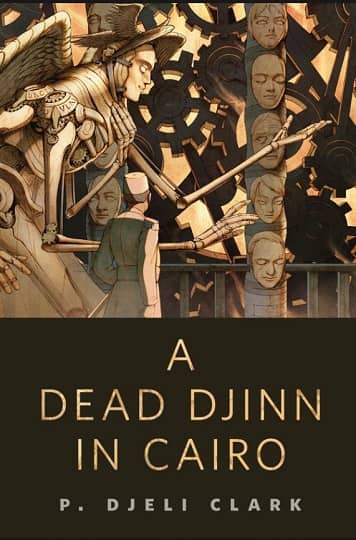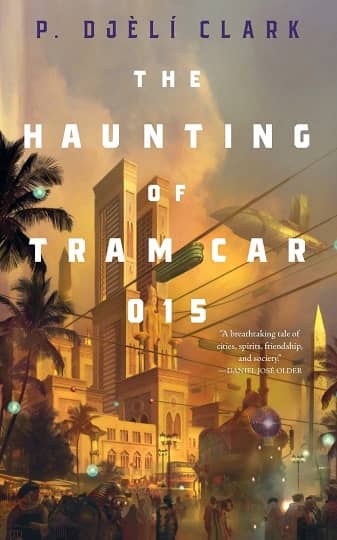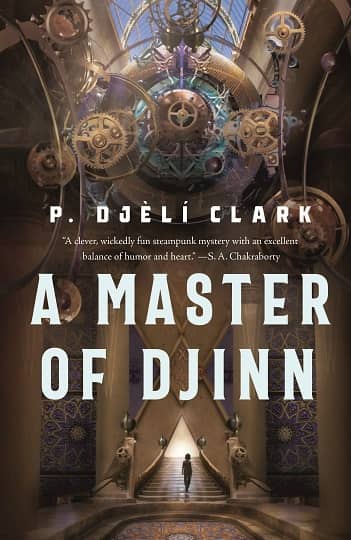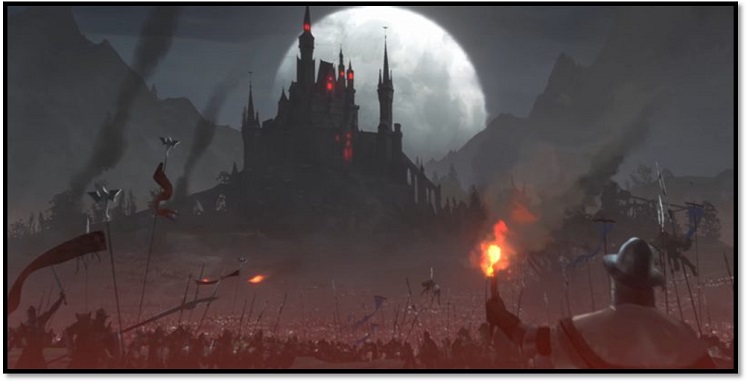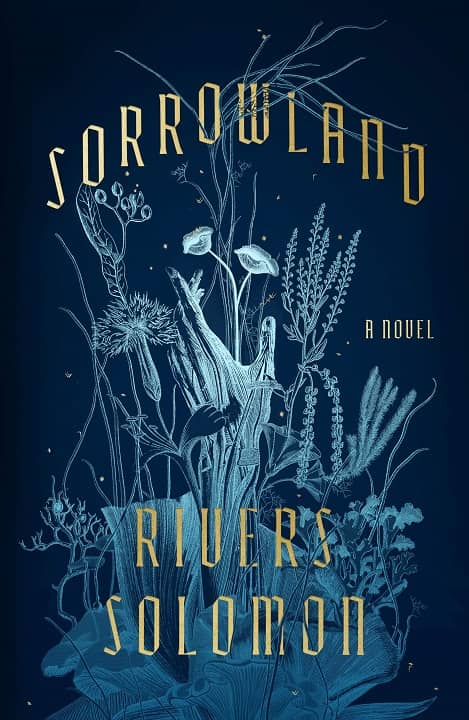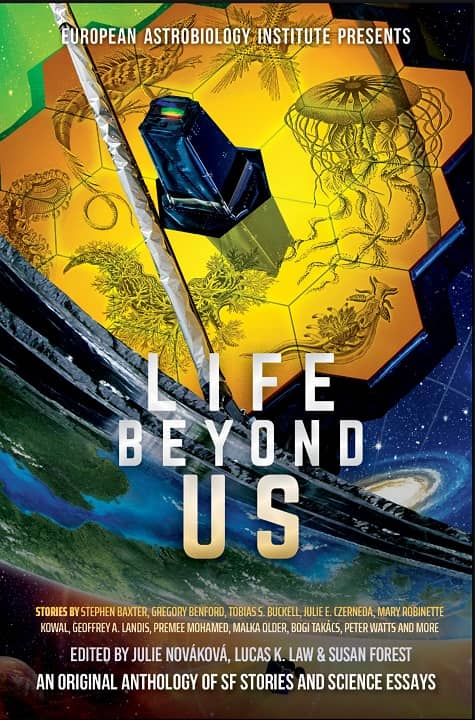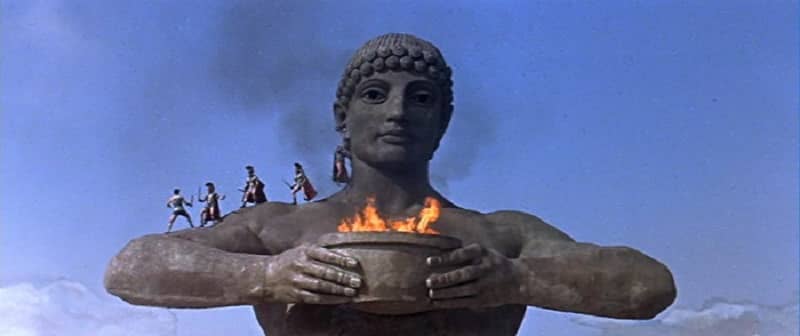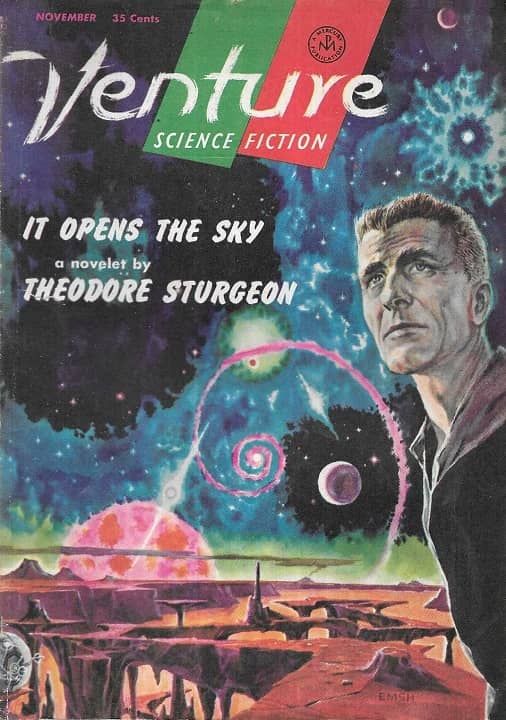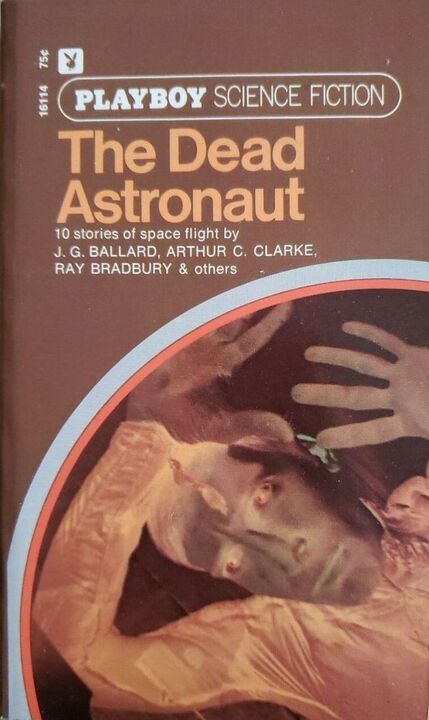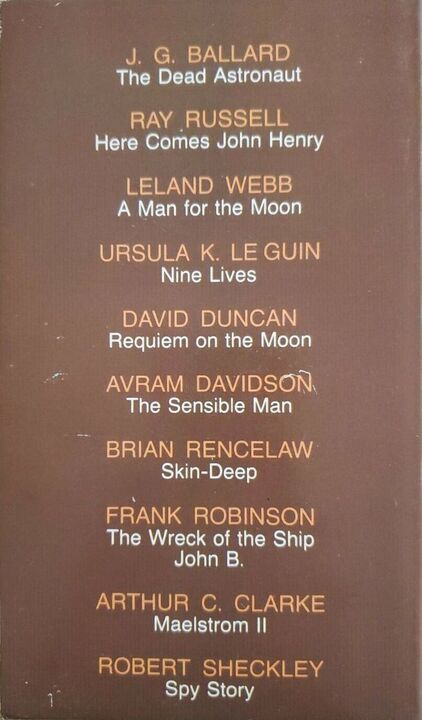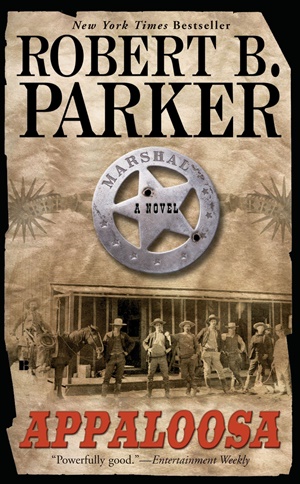 You’re the second guy I’ve met within hours who seems to think a gat in the hand means a world by the tail.” – Phillip Marlowe in Raymond Chandler’s The Big Sleep
You’re the second guy I’ve met within hours who seems to think a gat in the hand means a world by the tail.” – Phillip Marlowe in Raymond Chandler’s The Big Sleep
(Gat — Prohibition Era term for a gun. Shortened version of Gatling Gun)
I enjoy a good Western on the screen. Tombstone is my favorite, with Rio Bravo not too far behind. And I usually watch at least a little if it’s got Randolph Scott or Joel McCrea in it. So you know that Ride the High Country, with its breathtaking cinematography, is in the mix. And be it Maverick or Support Your Local Sheriff, I love seeing James Garner in a cowboy hat. I wrote about one of my favorite TV shows, Hell on Wheels.
But I’ve not read too many Westerns. Looking over the two-thousandish books on my shelves, I only see Steven Hockensmith’s Holmes on the Range series – which is in the Sherlock Holmes section, of course. And a fine collection of short stories by my second-favorite author, Robert E. Howard. And neither would be there solely based on their genre. I do have a few more Westerns in ebook format, which I’ve transitioned to over the past decade.
I’ve meant to write about T. T. Flynn’s Westerns. Flynn authored the Bail Bond Dodd stories, about a fairly tough, but not really hardboiled, bail bondsman, for Dime Detective. But I was smart enough to get Duane Spurlock to contribute a piece to A (Black) Gat in the Hand, which you can read here. Regular readers of that series (assuming there are any) know that Norbert Davis is on my Hardboiled Mt. Rushmore, second only to ‘Dash.’ So it’s not surprising I wrote an essay on his story “A Gunsmoke Case for Major Cain.” Another Davis Western post is likely somewhere down the dusty trail.
This past weekend, I decided to revisit a Western movie from 2008 which I had seen once before; but the plot details were fuzzy. So, kinda familiar, kinda new. What I did remember was that I thought it was pretty good. And a second view drove that home like a sod buster splitting a fence rail (okay, okay, no more of that. Too much, anyways).
A friend of mine with a long list of IMDB credits has said several times that Hollywood just doesn’t like big budget Westerns. And it’s true that we do get one of them occasionally, but they’re never billed as summer blockbusters. And heaven for-fend a franchise develop! Of course, television is more friendly to the genre.
…
Read More Read More
